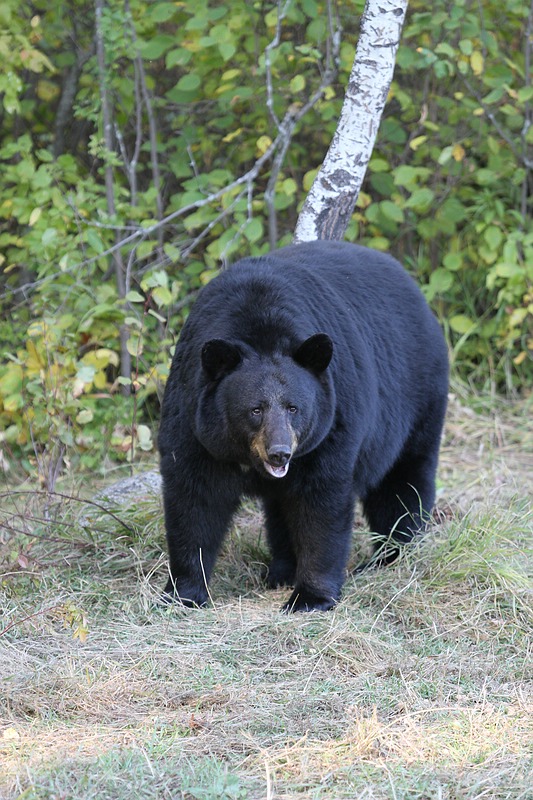Facts About American black bear
The American black bear is a captivating and extensively dispersed bear species native to North America. As the smallest bear on the continent, these medium-sized omnivores adapt their diet based on seasonal availability and geographical location. Although they primarily inhabit forested regions, they occasionally wander into human communities in search of food. With their robust population and broad geographic distribution, the IUCN classifies them as a species of "least concern."
Genetic research indicates that American black bears are not closely related to brown bears or polar bears, having diverged from a common ancestor approximately 5 million years ago. In fact, they are the most common bear species globally. Their diet is exceptionally varied, encompassing vegetation, insects, fish, and occasionally even larger prey such as deer. Renowned for their adaptability and intelligence, these bears possess an excellent sense of smell and demonstrate rapid learning abilities.
American black bears share a multifaceted relationship with humans. They play a significant role in indigenous folklore and were historically hunted for their meat, fat, and fur. Presently, hunting regulations in many states and provinces manage their population, with tens of thousands legally hunted each year. While attacks on humans are infrequent and typically driven by hunger rather than territorial behavior, black bears can pose threats to livestock and crops, particularly during food shortages.
One of the most fascinating aspects of the American black bear is its hibernation behavior. In the fall, they retreat to dens and remain dormant for several months. During hibernation, their heart rates and metabolic rates drop significantly, and they efficiently conserve muscle and bone mass.
In popular culture, American black bears have inspired stories, legends, and even mascots. The iconic teddy bear originated from a bear hunting incident involving President Theodore Roosevelt. Interestingly, these bears have also found unique roles, such as serving as guard animals for a marijuana plantation in British Columbia.

 United States
United States